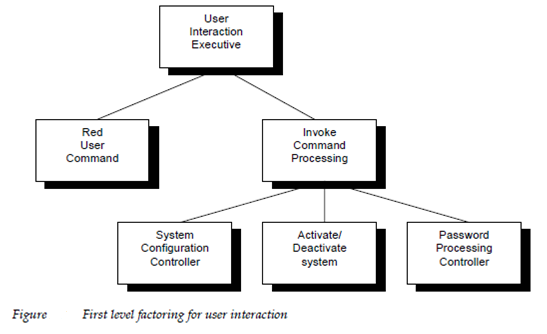Design Post processing
The Successful application of transaction or transform mapping is supplemented through additional documentation which is needed as part of architectural design.After structure has been established and refined the following tasks must be completed:
• A processing narrative must be established for each module.
• An interface description is given for each module.
• Global and Local data structures are defined.
• All design restrictions or limitations are noted.
• A design review is conducted.
• Optimization is considered if justified and required.

A processing narrative is ideally an unambiguous bounded description of processing which happens within a module. The narrative defines processing tasks, decisions and Input or Output.
The interface description needs the design of internal module interfaces external system interfaces and the human-computer interface.
The design of data structures can have a profound impact on the procedural details and program structure for each module. The techniques define in last chapter build the basic data identify and model all important data objects. These then serve as the basis for the design of both global and local data structures. The Restrictions and/or boundaries for each module are also documented. Typical topics for conversation include restriction of data type or format; timing limitations, memory or bounding values or quantities of data structures special purpose of a restrictions or limitations section is to reduce the number of errors introduced because of supposed functional characteristics.Once the design documentation has been established for all modules a design review is conducted. The review emphasizes trace ability to quality of program structure, software requirements, interface descriptions, implementation, data structure descriptions and test practicality and maintainability.